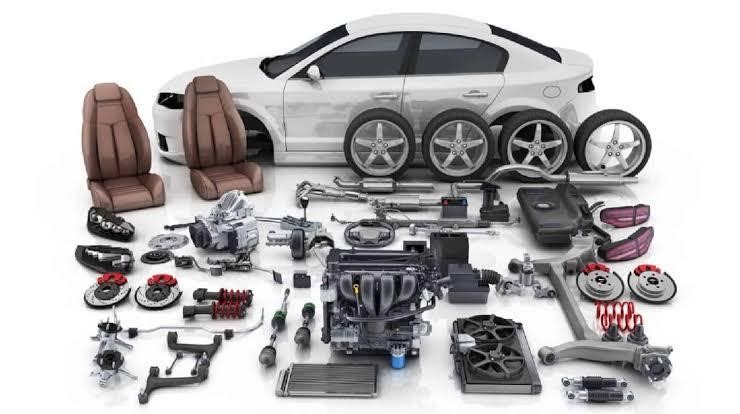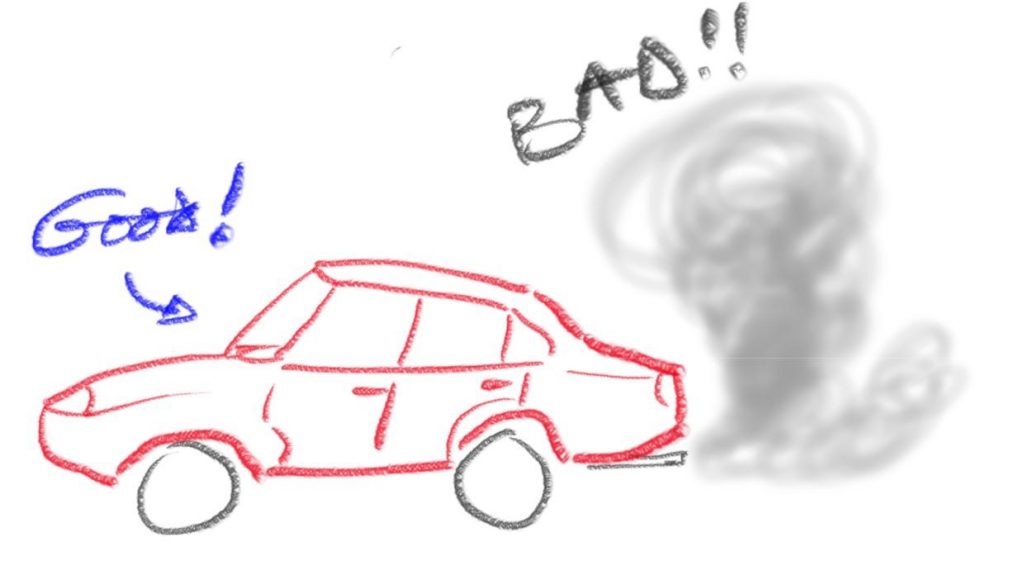What is System Design:

We often use or interact with products like the mechanical clock, a motor car, an airplane, a ship, a smart phone, laptop, the traffic control system, etc, for the function each of them serve for our particular needs. But what lies within these highly effective and useful products is the fact that they are made up of smaller parts and subsystems, all interdependent and interrelated to each other in order to fulfil it’s necessary function.
So the challenges that we face in designing complex products that are systems, are much beyond merely designing the aesthetics or singular functionality of it. One first needs to work out each of the component’s relationship to the wholistic function of the system it consists of and how this relationship would affect its overall working of the product system. It calls for systems thinking.
Understanding the System:
System is a whole that consists of parts, each of which can affect its behaviour or its properties. We for example are a biological system called a human and we consist of parts such as heart, lungs, stomach, pancreas and so on. Each of these parts can affect our behaviour or our properties. For it to be defined as a system, the second requirement is that each part of the system is dependent for its effect on some other part. In other words, the parts are interdependent. No part of the system or collection of parts of a system, has an independent effect. Therefore the way the heart affects us depends on what the lungs are doing and the brain is doing. The parts are all interconnected. And therefore system as a whole cannot be divided into independent parts.
This has some very very important implications that are generally overlooked. First: The essential or defining properties of any system are properties of the whole which none of its parts have. For example, a very elementary system we are familiar with is an automobile. The essential property of an automobile is that it transports us from one place to another. No individual part of an automobile can do that. The wheel can’t, the axel can’t, the seat can’t, the engine can’t. But the automobile as a whole, can. And this property of it’s ability to transport does not exist in any of the singular parts that the system called automobile, is made up of. Or as another example, the function of the human is to live. But no individual part/organ of it can live on it’s own. Only when functionally connected with all other parts, does it contribute to the function of `living’ to the whole system, the human.
System may be defined as a set of interrelated and interconnected parts consisting of products, processes, technologies, people and environment, each of which can affect the system’s behaviour or properties. In other words, the system is a cohesive conglomeration of interrelated and interdependent parts or products, natural or manmade.
Systemic approach to design:
Simple design approach may largely be categorised as: Product Centred, User Centred, and Interaction Centred. But a very important and all pervasive is the System Centred or the Systemic approach. In this, the design of `single element’ products which is based only on functionality, aesthetics and ergonomics, is not sufficient to create solutions for solving complex design challenges. This is because they consist of several interrelated single entity products that form subsystems that are dependent on each other to effectively orchestrate the working of the whole product system for effective use.
The system is not a sum of behaviour of all its parts but it is a product of their interactions. What does this imply? That, if the design approach is focussed directly at improving the parts separately, one can be assured that the performance of the whole (the system) will NOT be improved. When therefore a system is taken apart, it loses it’s essential properties. And focussing only on part improvement, is a rather common mistake a lot of product improvement plans are focussed on and therefore they land up as failures. The performance of a system depends on how the parts fit and not how each one acts separately.
Architect as a professional understands systems the best. Does he sit down and start to design the kitchen and then the living room and then the bedrooms and then the garage? Is that what he does? Of course not. What he does is produce the overall design of the house. Not only he produces designs of the rooms to fit into the design of the house, but he discovers in the process that he can modify the house in such a way as to improve the quality of the rooms. But he will never modify the house to improve the quality of the room, unless the quality of the house is simultaneously improved. And that’s fundamentally the principle that ought to be used in continuous Improvement.
Peter Drucker, a management consultant, educator and author, made a very fundamental distinction between doing things right and doing the right thing. And this curiously points at the systemic approach to design. Many a times as designers, we do things right – but on the same note, do the wrong thing. What does this mean?
Though automobiles have been a boon to transportation needs of humanity, it on the other hand is destroying urban life around the world. Just visiting major cities where one finds congestion and pollution so bad that children have to be kept home from school.

They’re not allowed to walk outdoors because the pollution is so intense. We then only tend to see the super quality of automobiles that are in use, but miss out on the harmful
pollution they create. No doubt, the automobiles are efficiently doing their job of transportation – doing things right. But then also, they do the wrong thing by way of harmful pollution. That is a wrong concept of quality. Quality ought to contain the notion of value. It has to be rightly effective. Not merely efficient. That’s a difference between efficiency and effectiveness. Quality ought to be directed at effectiveness. The difference between efficiency and effectiveness is a difference between knowledge and wisdom. And unfortunately, we don’t have enough wisdom to go around.
Until designers and design leaders take into account the systemic approach towards design, most of the efforts to improve performance would be doomed to be a failure.
